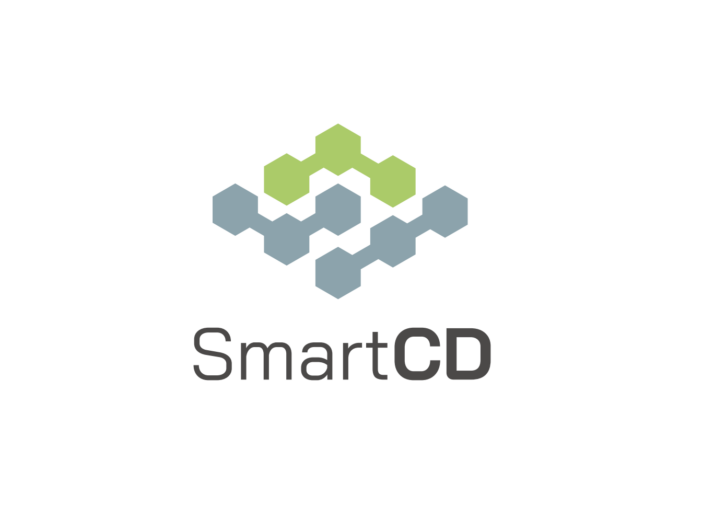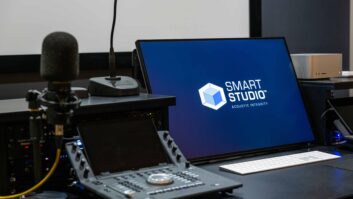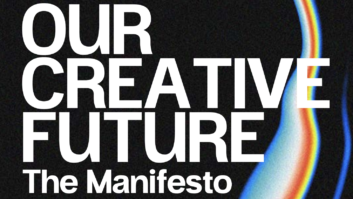Increasing awareness of climate change, its repercussions, and concerns about environmental conservation are prompting the video industry to reassess its practices. The digital sector accounts for 3-4 per cent of global greenhouse gas emissions and is expected to grow at a significant annual rate, posing a critical challenge to the viability of the video industry. One major application is video streaming, representing 84 per cent of all consumer IP traffic.
Given this considerable share and combined with anticipated growth, video service providers are rethinking the way they assess and monitor backend infrastructure, accurately measure client energy consumptions, and report end-to-end footprint in the context of operational usage.
To address these challenges and develop a holistic approach to sustainable video streaming, video industry leaders including Ateme, Viaccess-Orca, GreenWeb, Nexedi, Motion Spell, and Telecom Paris kicked off the Sustainable Media Architecture for TV Content Delivery (SMART-CD) consortium in June 2023.
The objectives and vision of the Smart-CD Consortium
In order to exhaustively measure the environmental impact of video streaming, the video industry must take into account the entire video architecture, beyond the video delivery and transport layers. The complete, end-to-end video chain, including the encoders and CDNs, need to be evaluated.
Members of the SMART-CD Consortium have teamed up to create a sustainable video streaming ecosystem leveraging multiple heterogenous stacks, based on state-of-the-art technologies such as CMAF, 5G ROUTE, and next-gen video codecs.
One of the core objectives of the consortium is to measure and ultimately improve the carbon footprint of certain architectures — particularly cloud-native architectures — used by video service providers. Currently, there is no recognized, definite standard or methodology for measuring the carbon footprint of a video service. The SMART-CD Consortium’s ambition is to measure the carbon footprint of each component within a video architecture.

To provide context, in 2021, Netflix released figures suggesting it had a carbon footprint of 1.5 million tonnes of emissions. Over 90 per cent of these were indirect; emissions from companies that the streamer buys services from. Breaking that down further, 58 per cent was generated during the physical process of programme production and 37 per cent was a result of corporate activity, while cloud providers streaming the service accounted for a comparatively low 5 per cent.
The consortium’s approach to sustainable video streaming encompasses the back-end processing to the client-side decoding and rendering. The work involves two innovative components. First, a monitoring framework is in charge of collecting the necessary key indicators (i.e., energy metrics, environmental impact data, etc.) from all the components of the platform chain and then monitoring the environmental footprint of the end-to-end stack.
Second, an orchestration agent integrated into the deployed clusters of the platform aims to dynamically manage platform scale based on energy efficiency. Orchestration between the different measurements is essential to ensure that the end-to-end energy consumption is indeed measured, and ultimately optimized.
Besides the dynamic optimizations triggered by the orchestration agent, SMART-CD’s solution provides eco tips and gamification patterns to operators and end users, helping them re-evaluate the way they consume content, encouraging them to commit to sustainable values.
Future milestones for the SMART-CD Consortium
The SMART-CD Consortium will identify the best tools for measuring video streaming sustainability. Aside from being a tooling exercise, the project also intends to define the right metrics to calculate.
In 2024, the Consortium plans to have an end-to-end chain deployed in the cloud and energy metrics collected with existing tools. In 2025, the project will evolve to the orchestration phase and measure accurate end-to-end energy consumption. The final year of the project, in 2026, will be dedicated to tasks and deployment optimization under quality of experience and energy criteria.
The end goal of the SMART-CD consortium is to have a blueprint for sustainable video streaming and results based on experiments, showing tangible gains on many metrics.
Conclusion
The SMART-CD consortium is helping pioneer an end-to-end solution, monitoring framework, and orchestration agent for sustainable video streaming. While the initial results of the project are promising, there is still work to be done. Collaboration within the video industry will be key to achieving green video streaming.







